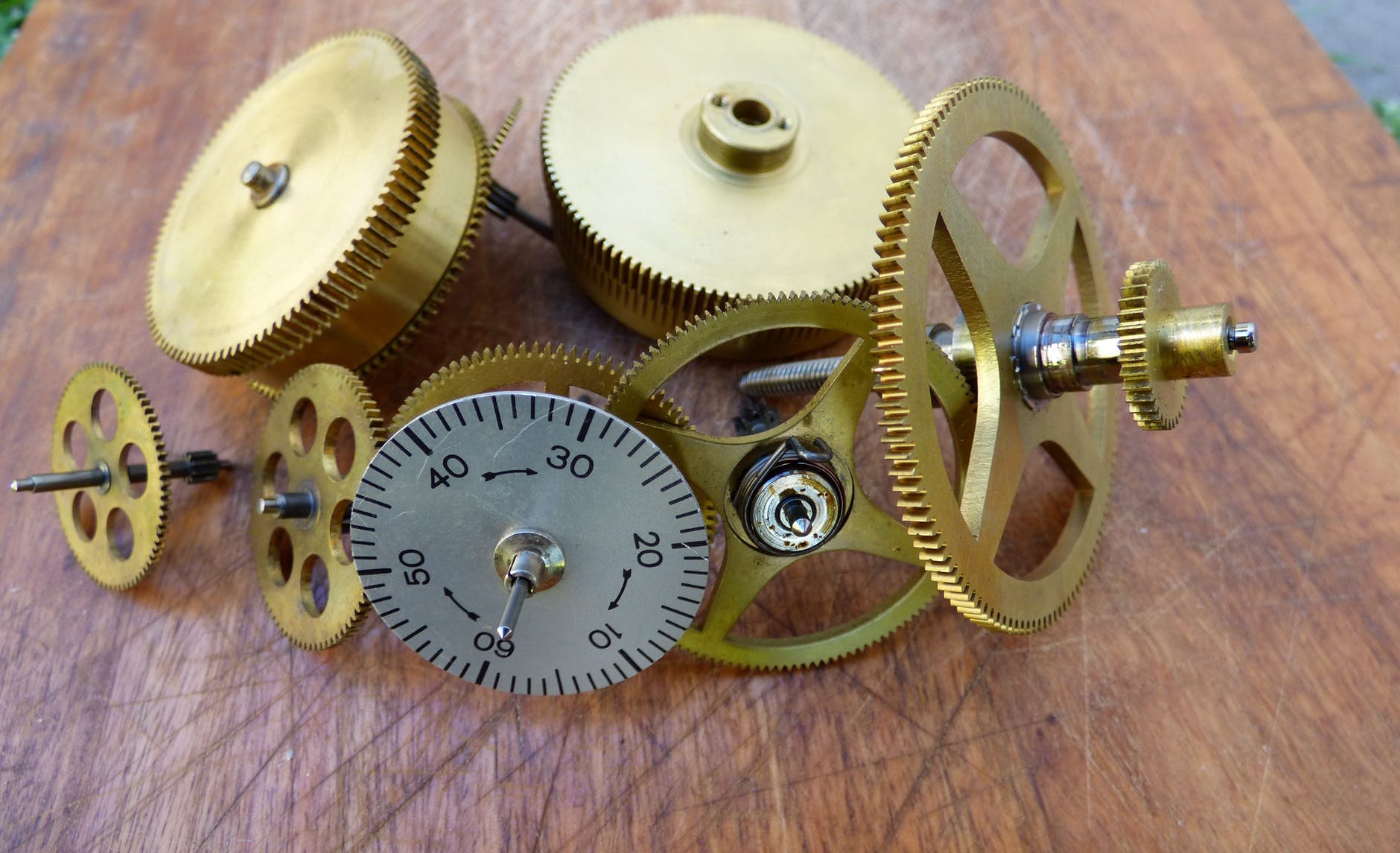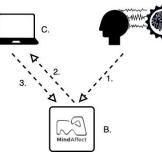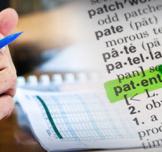The Time Machine: Did scientists really reverse time?

Lately, news sources such as The Sun and Daily Mail reported that scientists successfully building the world’s first time machine in an experiment, which was published in Scientific Reports on 13 March.
A scientific team from Russia was able to move tiny particles, electrons, a fraction of a second into the past, just like reforming balls in a game of pool from being scattered haphazardly into their original order, with the help of quantum computing. MIT Technology Review later falsified this claim. Following is an explanation of this experiment.
The unit for quantum computing is qubit which, unlike a bit, unit of information of ordinary computers, which has one state at a time, either 1 or 0, the qubit could be 1 or zero or a mixed superposition for both enabling it to store a huge amount of information and, consequently, quantum computers possess very high computing power.
While observing an electron, scientists cannot determine its position but can only find it approximately. However, as time passes by while observing the electron, the region of space containing it spreads out in a chaotic way making it more difficult to tell where it is.
A scientific team worked on calculating the probability of an electron to move back spontaneously from its chaotic state to its original localized state without external intervention and found out they would have to theoretically observe 10 billion electrons starting from their initial localized state for every second for the duration of 13.7 billion years. This is an indication of the huge amount of processing power required to artificially reverse an electron from its chaotic state to its initial localized state.
Imagine searching for a particular person among one billion other persons, the chance to find him by coincidence is minimal, referring to the probability of spontaneous move from chaotic state to localized state of an electron, which in turn indicates the amount of effort required to find him deliberately, which refers to the high amount of computing power required to artificially create a state where the electron returns to its initial state, i.e. in effect move opposite to the direction of time.
Using the enormous computing power provided by quantum computing, a research team, lead by Dr. Gordey Lesovik, from a lab belonging to Moscow Institute of Physics and Technology, were able to create this artificial state which resembles going back through time using IBM quantum computer made up of electron qubits with a success rate of 85% for two qubits and 50% for three qubits.
However, an opposite opinion argues that being able to reverse the sequence of events doesn’t necessarily mean reversing time, just as in the case of moving backward a video tape, as mentioned in the report of MIT technical Review. Moreover, the report describes that, according to laws of physics, going forward in time would look quite different from time reverse, because, for example, entropy, a measure of disorder, can increase with time moving forward for an isolated system but not decrease, as stated by the second law of thermodynamics. So, this experiment could not defy laws of physics but it, as Dr. Lesovik mentioned, will help improve processing power and could be used to test programs written for the quantum computer.



































































EgyptInnovate site is not responsible for the content of the comments